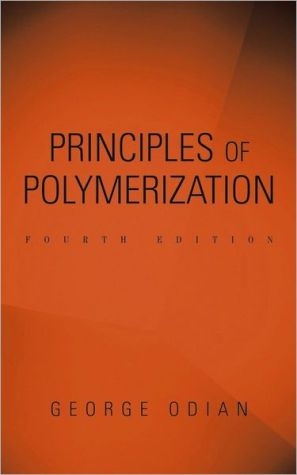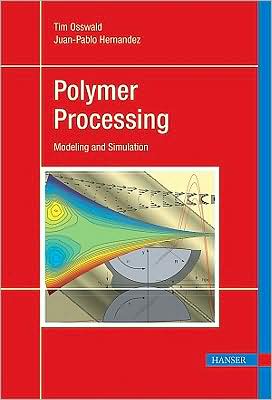Compositional and Failure Analysis of Polymers: A Practical Approach
Intended as a practical guide for polymer technologists, engineers and analysts in the plastics, composites and rubber fields, this title describes a range of techniques and strategies for compositional and failure analysis of polymeric materials and products. Numerous examples illustrate the application of analytical methods for solving commonly encountered problems in the polymer industry. The reader is guided towards the most appropriate method of analysis and measurement and the most...
Search in google:
Intended as a practical guide for polymer technologists, engineers and analysts in the plastics, composites and rubber fields, this title describes a range of techniques and strategies for compositional and failure analysis of polymeric materials and products. Numerous examples illustrate the application of analytical methods for solving commonly encountered problems in the polymer industry. The reader is guided towards the most appropriate method of analysis and measurement and the most likely reasons for the failure.Areas covered include: * Migration and interaction of additives * Mechanical stress and stress cracking * Crazing and fracture * Residual stress and weld lines * Contamination and discoloration Numerous pedagogical methods, illustrative flow diagrams, figures and tables are used throughout the text to make it an invaluable guide to all analysts and polymer engineers in industrial or academic laboratories. Booknews For polymer technologists, engineers, and analysts in the plastics, composites, and rubber fields, Scheirs, with an Australian company, describes a range of techniques and strategies for analyzing the composition and failure of polymeric materials and products. Using examples to illustrate the application of analytical methods for solving commonly encountered problems in the polymer industry, he sets out criteria for choosing the most appropriate method of analysis and measurement and the most likely reasons for the failure, by which he means not only fracture or breakage, but any situation in which a polymer component has not performed satisfactorily, whether structurally, functionally, or aesthetically. Annotation c. Book News, Inc., Portland, OR (booknews.com)
A Methodology for Solving Polymer Problems.Sampling and Sample Preparation.Microscopy of Polymers.Fourier-Transform Infrared Spectroscopic Analysis Methods for Polymers.Thermal Analysis of Polymers.Identification and Analysis of Polymers.Analysis of Blends, Copolymers and Oligomers.Identification and Analysis of Thermoset Elastomers.Analysis of 'Difficult' or Intractable Polymer Samples.Analysis of Additives in Polymers and Elastomers.Analysis of Contaminants and Inclusions in Polymers.Mechanical Failure Mechanisms of Polymers.Chemical Attack of Polymers.Oxidative Degradation of Polymers.Failure of Fibre-Reinforced Composites.Problems Related to Additives in Polymers.Weathering of Polymers.Environmental Stress Cracking of Polymers.Residual Stresses and Weld Lines in Polymers.Odour, Tainting and Outgassing Problems with Polymers.Adhesion Problems with Polymers and Interfaces.Voids, Blisters and Surface Defects.Discoloration of Polymers.Index.
\ From the Publisher"an invaluable guide to all analysts and polymer engineers in industrial and academic laboratories: it can therefore be recommended without any reservations." (Macromolecular Chemistry and Physics, Vol.202,\ No.6, 2001)\ \ \ \ \ \ BooknewsFor polymer technologists, engineers, and analysts in the plastics, composites, and rubber fields, Scheirs, with an Australian company, describes a range of techniques and strategies for analyzing the composition and failure of polymeric materials and products. Using examples to illustrate the application of analytical methods for solving commonly encountered problems in the polymer industry, he sets out criteria for choosing the most appropriate method of analysis and measurement and the most likely reasons for the failure, by which he means not only fracture or breakage, but any situation in which a polymer component has not performed satisfactorily, whether structurally, functionally, or aesthetically. Annotation c. Book News, Inc., Portland, OR (booknews.com)\ \







